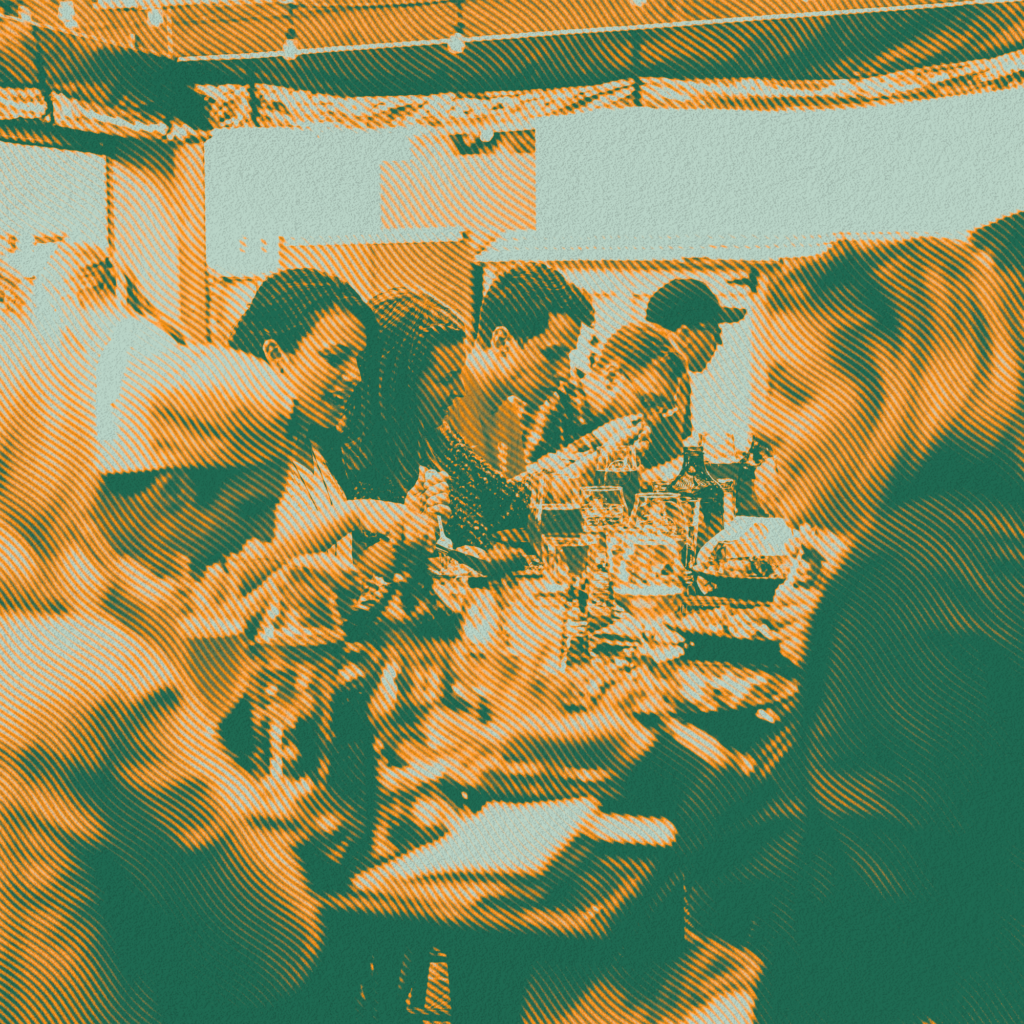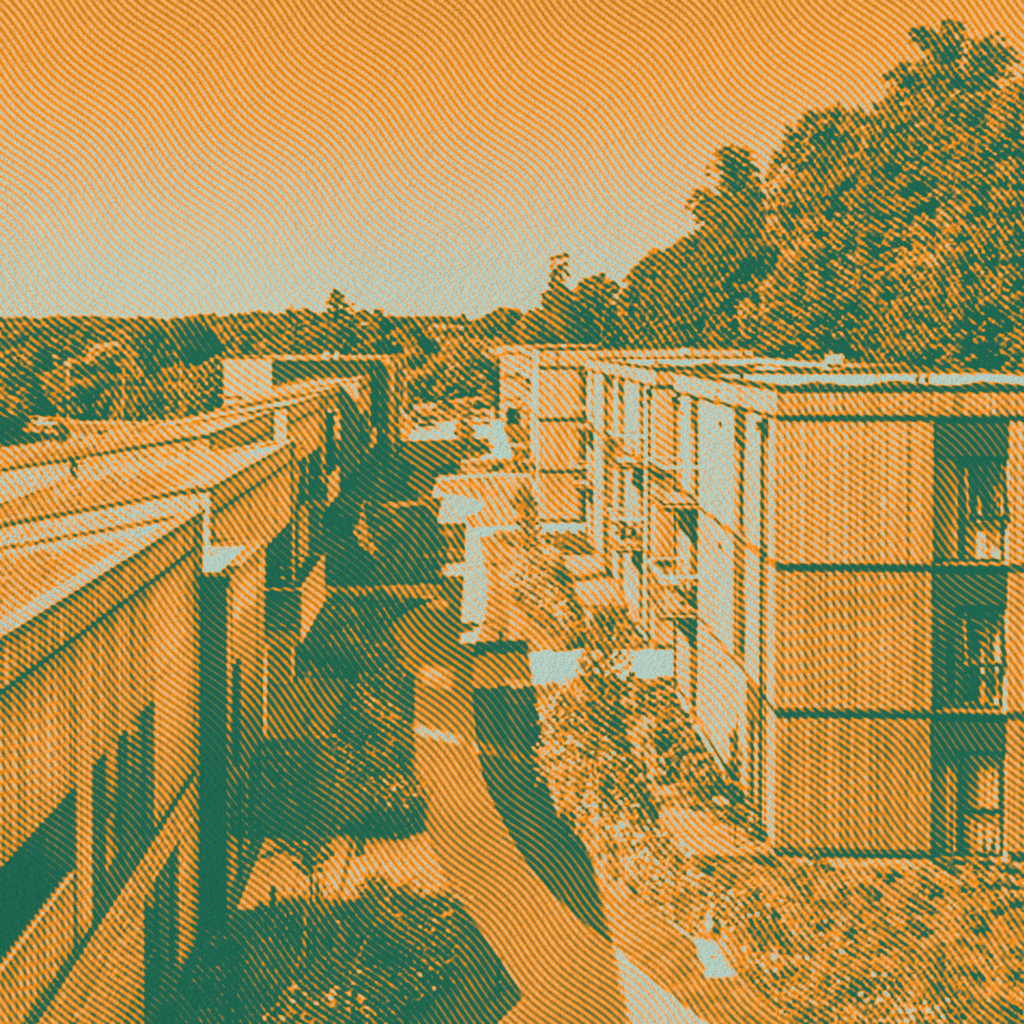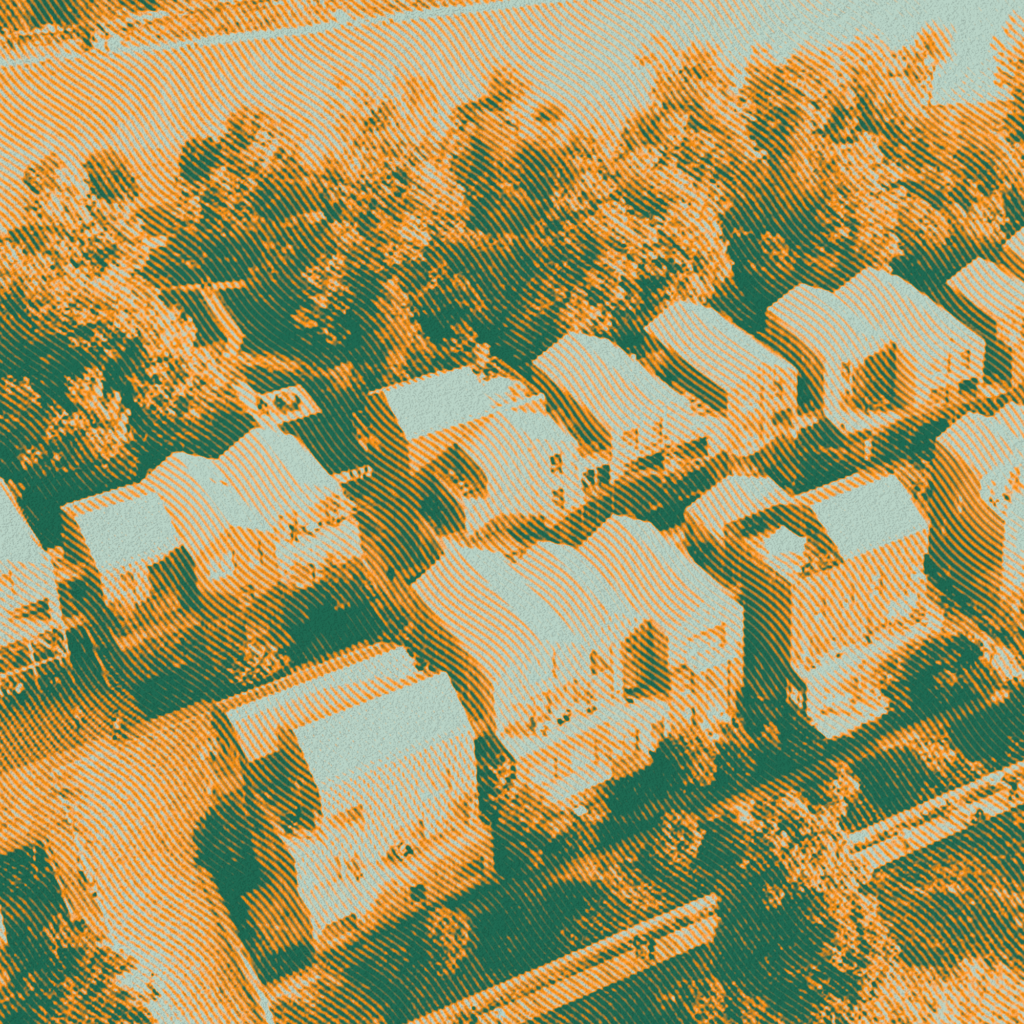Quality Intensification
In order to enable regenerative developments to take place, we need tools that address the specific development needs of a place.
Quality Intensification is one of those key tools for creating liveable, compact and sustainable towns and villages. It enables resilient, sustainable, affordable, equitable and community-focused housing as well as liveable and vibrant neighbourhoods.
Key Qualities:
COMMUNITY
We need developments that consider the proximity of housing, work and services to create more self-sufficient communities where each building considers its relationship to neighbours, the street and open spaces. This will facilitate strong and lasting communities with a sense of belonging that comes with them. Reclaiming our streets and redefining them as public spaces creates third places that contribute to well-being and inter-generational opportunities.


DENSITY
Increasing density does not mean building more of the same houses. It means utilising more space-efficient typologies, balanced with quality amenities such as urban greening, parks and public open spaces. Higher density living has many faces and, when done well, also has a lot more advantages than our current model of sprawl. A comprehensive increase in density has the potential to strengthen communities, reduce infrastructure needs, protect our characterful and productive landscapes and to contribute to more vibrant, healthier and active neighbourhoods.
DIVERSITY
Our household models are changing and evolving and so should our building options. We need to provide housing developments that reflect the diversities of our people, our bi-cultural heritage and our multi-cultural blend and ensure that people of all ages, abilities, cultures and socio-economic backgrounds mix and benefit from public amenities equally. Diversity is a major activator of towns and cities and forms a pillar for regenerative development.


ACCESSIBILITY
Quality Intensification reduces travel demand, costs and emissions from transport. It is the antithesis of urban sprawl with its excessive need for car-based mobility, where people have to use cars to go to work, buy groceries or bring their children to school. Quality Intensification enables various modes of transport while prioritising walking, cycling and public transport through increased density, a mix of uses and connected, permeable and attractive street networks. Daily activities should be accessible within a 15-minute walking or cycling distance from home.
Resilience
Quality Intensification responds to the climate emergency and global supply challenges by making our communities less resource-hungry and more self-sufficient. We need a collective change in how we build our towns and cities to ensure our settlement patterns can respond to future challenges and demands and that new developments contribute to the wellbeing of people and the ecosystem they are part of. We need to improve urban environments through responsive planning, urban greening and investment in our public realm. Our buildings need to embrace low carbon construction techniques, energy efficiency and smaller footprints.


AFFORDABILITY
Cost of living needs to be considered at a systemic level. Without affordable housing and transport options, communities cannot be truly diverse or safe in the long-run: segregation deepens the socioeconomic gap, leading to even more inequality and ultimately desperation. Affordability needs to be addressed at all levels, from development strategies that allow low-income earners to live close to employment opportunities and services, being able to access active and public transport options, through to building processes that incentivise and actively create opportunities for social and affordable housing.
Our Principles of Quality intensification are founded in:
- People, Places, Spaces: A design guide for urban New Zealand, 2002
- The 7 C’s of the New Zealand Urban Design Protocol, 2005
- Urban Design Compendium, 2007
- Urban Design Toolkit, 2009
- Aotearoa Urban Street Planning & Design Guide, 2021
- Water Sensitive Urban Design
- Crime Prevention Through Environmental Design
- Nelson Tasman Climate Action Book, 2021
